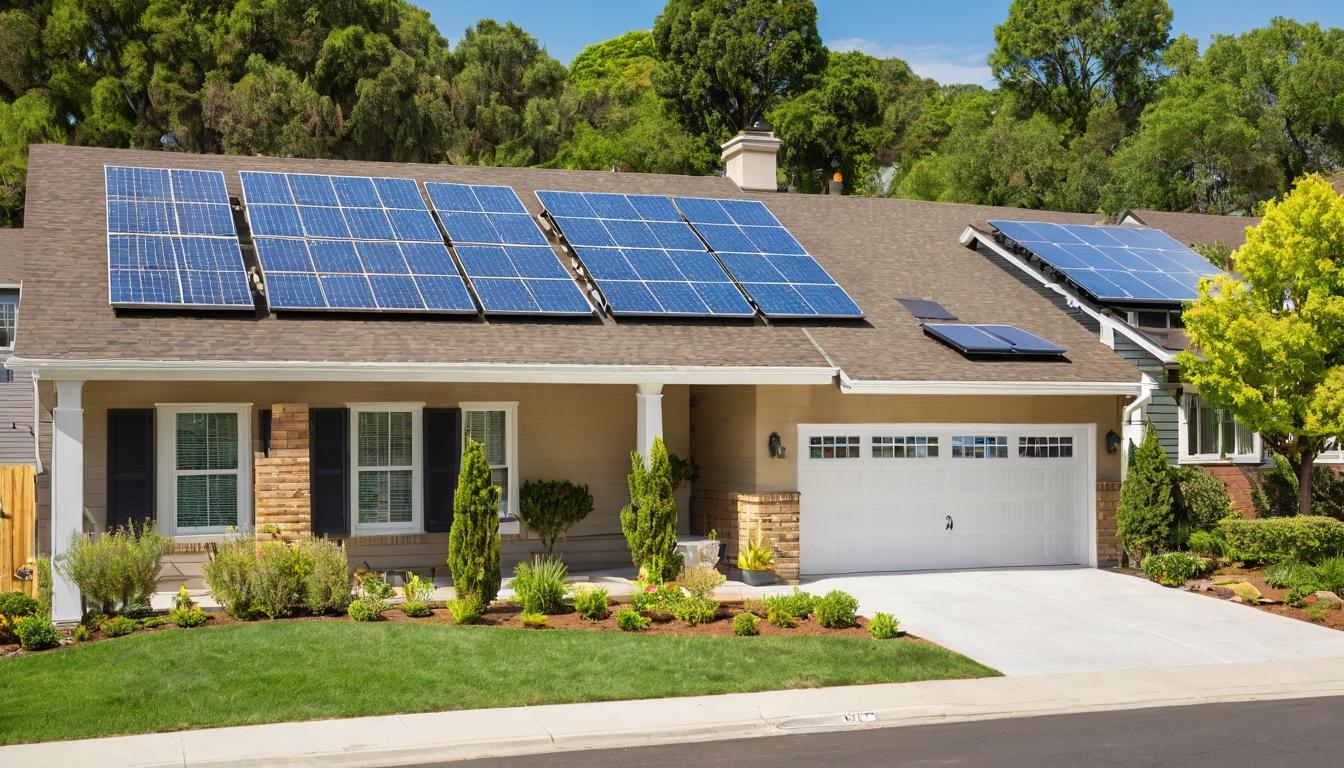When Sarah Thompson installed solar panels on her suburban home last spring, her neighbors thought she was chasing a pipe dream. Six months later, her electricity bill showed a credit of $87. "They're not laughing anymore," she says, standing in her driveway as the morning sun hits her roof. "In fact, three of them have called my installer."
This quiet revolution is happening across American neighborhoods, where solar panels are transforming from environmental statements to financial powerhouses. The math has become undeniable: with panel prices dropping 70% over the past decade and electricity rates climbing steadily, homeowners are discovering that sunshine might be the most valuable resource they've been ignoring.
What's driving this shift isn't just better technology—it's smarter financing. The old model of paying $20,000 upfront has been replaced by creative options that make solar accessible to nearly everyone. Power purchase agreements let homeowners pay only for the electricity their panels produce, while solar loans offer terms that often beat traditional financing rates. The result? Families who never considered themselves "solar people" are suddenly finding themselves with extra cash each month.
But the real story goes beyond individual savings. Communities are banding together to create solar gardens, where multiple households share the benefits of a single large installation. In Colorado, the Solar Gardens Institute has helped dozens of neighborhoods create shared systems that power entire blocks. "It's like a community garden, but instead of tomatoes, we're growing electricity," explains director Maria Rodriguez.
The technology itself has evolved in ways that would surprise even solar enthusiasts from just five years ago. Bifacial panels capture sunlight from both sides, boosting output by up to 30%. Microinverters ensure that shade on one panel doesn't drag down the entire system. And smart monitoring lets homeowners track their production in real-time, turning energy management into something resembling a video game.
Still, the path to solar isn't without its bumps. Installation quality varies wildly, with some companies cutting corners that cost homeowners dearly down the line. The key, according to industry veterans, is doing your homework. "Ask for references, check certifications, and don't be afraid to get multiple bids," advises solar consultant Michael Chen. "The cheapest option often ends up being the most expensive."
Then there's the battery question. As power outages become more common, homeowners are increasingly pairing their solar arrays with storage systems. Tesla's Powerwall gets most of the attention, but competitors are flooding the market with options that range from compact units for essential circuits to whole-house systems that can keep a home running for days.
The financial benefits extend beyond monthly savings. Multiple studies now show that solar installations increase property values, with one analysis finding that homes with solar sell for 4.1% more than comparable properties without. "It's become a feature that buyers actively look for," says real estate agent Jessica Williams. "In some markets, it's the difference between a quick sale and sitting on the market for months."
Government incentives continue to play a crucial role, though they're evolving. The federal investment tax credit remains at 30% through 2032, but state and local programs come and go with political winds. The savviest homeowners are acting now, locking in benefits that might not be available next year.
Looking ahead, the solar landscape is poised for even more dramatic changes. Building-integrated photovoltaics will turn entire roofs into power generators without visible panels. Vehicle-to-home technology will let electric cars power houses during outages. And community microgrids will make neighborhoods energy-independent.
For now, the revolution remains personal. It's families like the Thompsons, who went from energy consumers to energy producers, who are writing the next chapter of America's energy story. As Sarah puts it: "I used to watch my meter spin and think about money flying out the window. Now I watch it spin backward and smile."
The solar revolution is here: how homeowners are turning sunshine into serious savings

